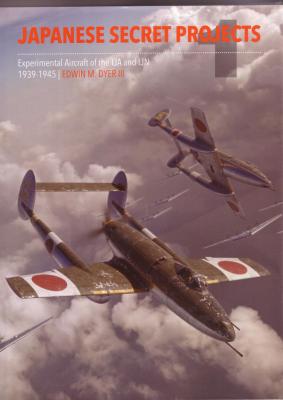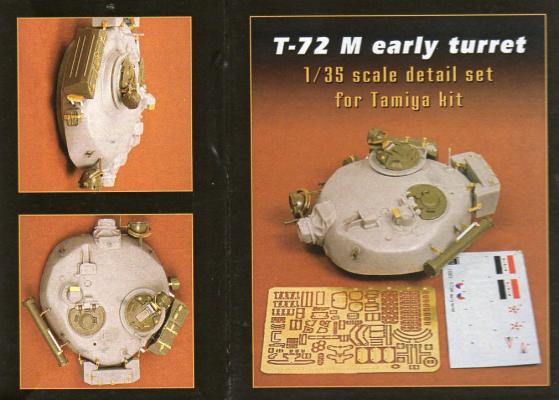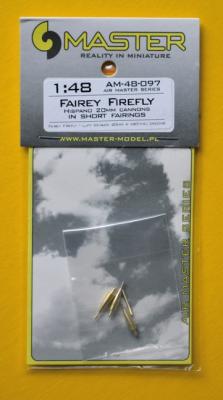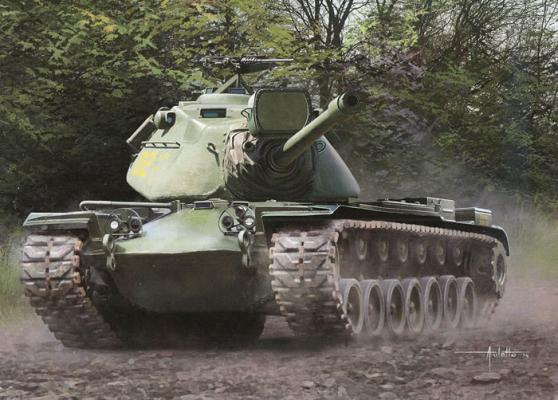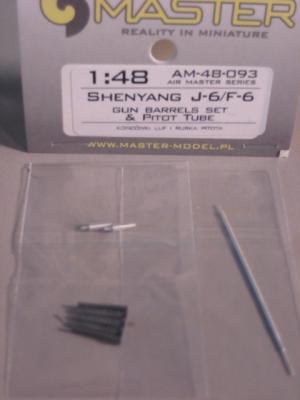Originally published in 2009 as a single volume, this book has now been republished as Volume 1 of a multi-volume set. The author has had access to previously unpublished information regarding Japanese Army and Navy aircraft designs during World War II and has put together a very interesting look at what could have been.
The book is a hardbound volume with a nice dust jacket cover that has color illustrations of several of the designs discussed in the book. The book is printed on glossy paper which helps the many illustrations and color photographs to stand out. It includes not only color illustrations of the each design, often in hypothetical squadron markings, based on squadrons that actually existed during the war, but also includes numerous color photographs of surviving airframes, many of which are in a sad state of repairs while awaiting restoration.











